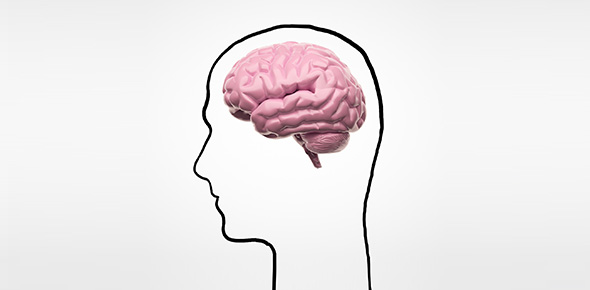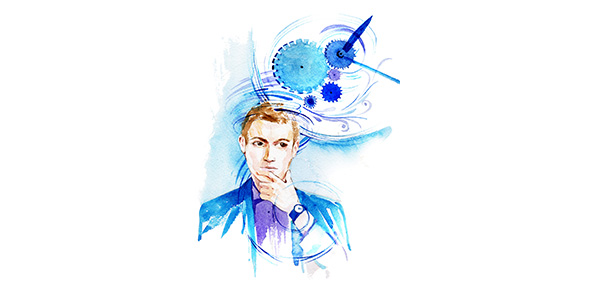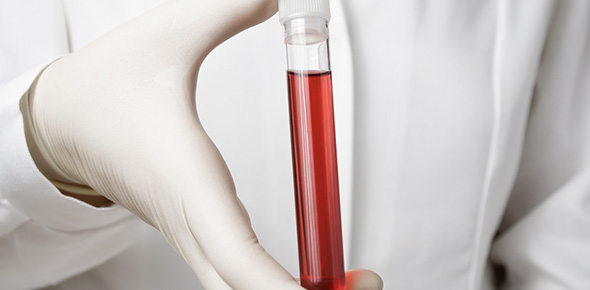Related Flashcards
Related Topics
Cards In This Set
| Front | Back |
|
Cerebellum
|
Balance and posture; sensorimotor learning and some other aspects of cognitive functioning
|
|
Cerebellum in conjunction with basal ganglia and motor cortex
|
Vital to performance of coordinated and refined motor movements
|
|
Smaller-than-normal cerebellum
|
Linked to Autism
|
|
Damage to cerebellum
|
Ataxia (slurred speech, severe tremors, loss of balance)
|
|
Reticular Formation
|
Respiration, coughing, vomiting, posture, locomotion, REM sleep
|
|
Reticular Activating System (RAS)
|
Part of reticular formation; consciousness, arousal, wakefulness; screens sensory input (esp. during sleep), arouses higher centers of brain when imp. info. must be processes
|
|
Damage to Reticular Formation
|
Disruption of sleep-wake cycle, can produce coma-like state of sleep
|
|
Forebrain
|
Subcortical and cortical structures
|
|
Name subcortical structures
|
Thalamus, hypothalamus, basal ganglia, limbic system
|
|
Thalamus
|
"relay station," transmits incoming sensory information to the appropriate areas of the cortex for all senses except olfaction (that goes directly to amygdala); motor activity, language, memory
|
|
Korsakoff Syndrome
|
Thalamus, mammillary bodies of hypothalamus; thiamine deficiency, usually from alcoholism; severe anterograde amnesia, retrograde amnesia, confabulation
|
|
Hypothalamus
|
Hunger, thirst, sex, sleep, body temp, movement, emotional reactions, initiates responses needed to maintain homeostasis
|
|
Damage to hypothalamus
|
Uncontrollable laughter, intense rage, aggression
|
|
Suprachiasmatic Nucleus (SCN)
|
Located in hypothalamus; mediates sleep-wake cycle and other circadian rhythms; maybe involved in seasonal affective disorder
|
|
Structures of basal ganglia
|
Caudate nucleus, putamen, globus pallidus, substantia nigra
|







